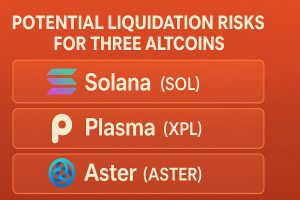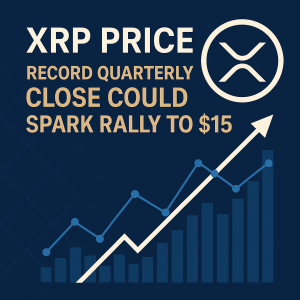Recent movements in the cryptocurrency market have revealed a significant shift among large-scale investors, known as whales, who are increasingly selling off Ethereum (ETH) and reallocating their assets into Cardano (ADA). This trend reflects changing investor sentiments and strategic adjustments amid market volatility and evolving blockchain developments.
Over the past few weeks, several high-net-worth individuals and institutional investors have been observed reducing their Ethereum holdings, which have historically been the dominant smart contract platform. During this period, Ethereum’s price has experienced fluctuations due to concerns over network congestion, high transaction fees, and regulatory scrutiny. Conversely, Cardano has seen an uptick in investment, fueled by its recent technological upgrades, scalability improvements, and promising developments in its ecosystem.
This shift is noteworthy because Ethereum has long been regarded as the leading smart contract platform, with a large developer community and extensive use cases. However, recent criticisms regarding network fees and transaction speed have prompted whales to diversify their portfolios by increasing their holdings in Cardano, which boasts a proof-of-stake consensus mechanism, lower fees, and a focus on sustainability and scalability.
The implications of this move are significant for both cryptocurrencies. A surge in whale activity can often influence market sentiment, potentially leading to price adjustments. For Ethereum, the reduced interest from large investors could signal concerns about its short-term prospects, even as ongoing upgrades like Ethereum 2.0 aim to address current challenges. Meanwhile, Cardano’s rising popularity may boost its price and adoption, attracting further institutional and retail investor interest.
Market analysts suggest that this trend may reflect broader strategic shifts within the crypto space, where investors are seeking more sustainable and scalable platforms. The move also highlights the competitive landscape among blockchain projects, with each community striving to outperform others in innovation and real-world application.
Looking ahead, investors should monitor upcoming upgrades, regulatory news, and macroeconomic factors that could impact these cryptocurrencies’ prices. The ongoing development of both Ethereum and Cardano will be critical in shaping their future trajectories and investor confidence.
What is causing whales to shift their investments from Ethereum to Cardano?
The primary reasons include Ethereum’s high transaction fees and network congestion, which have driven investors to seek more efficient platforms like Cardano that offer lower costs and scalability.
How might this shift affect the future prices of Ethereum and Cardano?
The reduction in large-scale investments in Ethereum might lead to price stagnation or decline, while increased interest in Cardano could push its price higher and accelerate its ecosystem development.
What should investors watch for in the coming months?
Investors should monitor technological upgrades, regulatory developments, and overall market sentiment toward both Ethereum and Cardano, as these factors will influence their performance and adoption rates.







